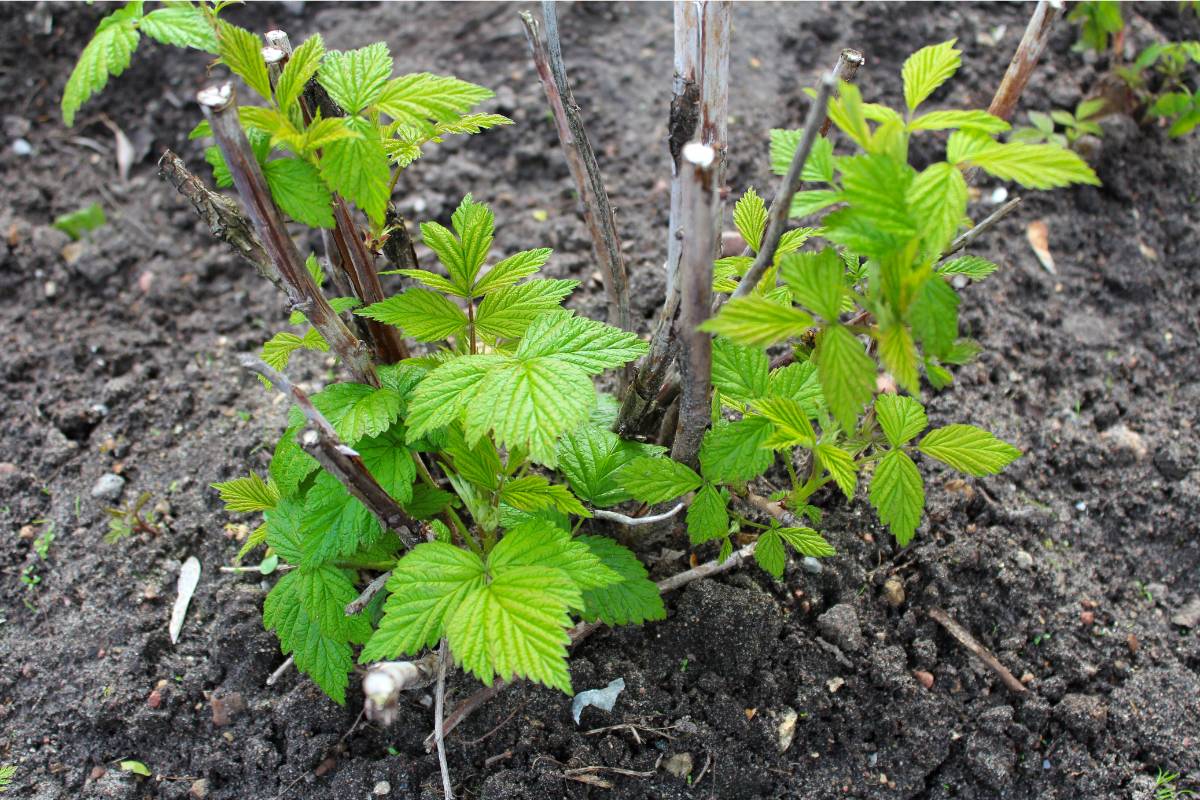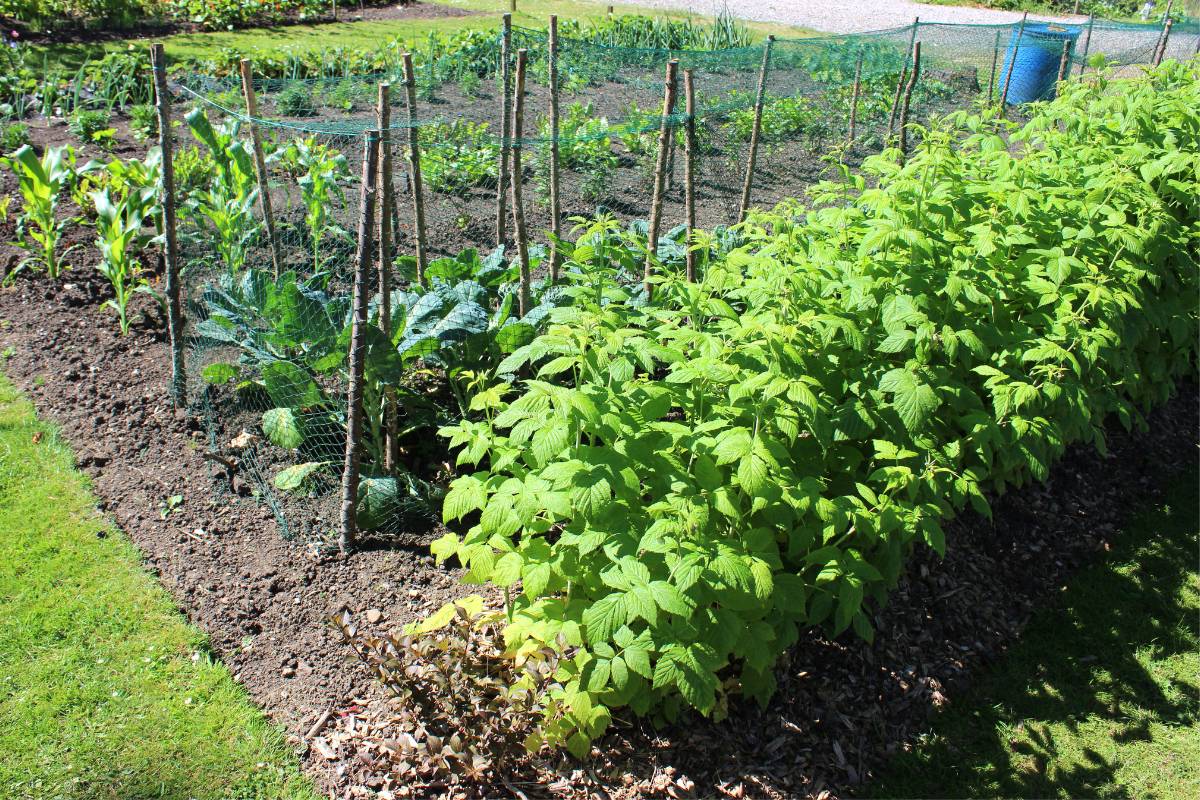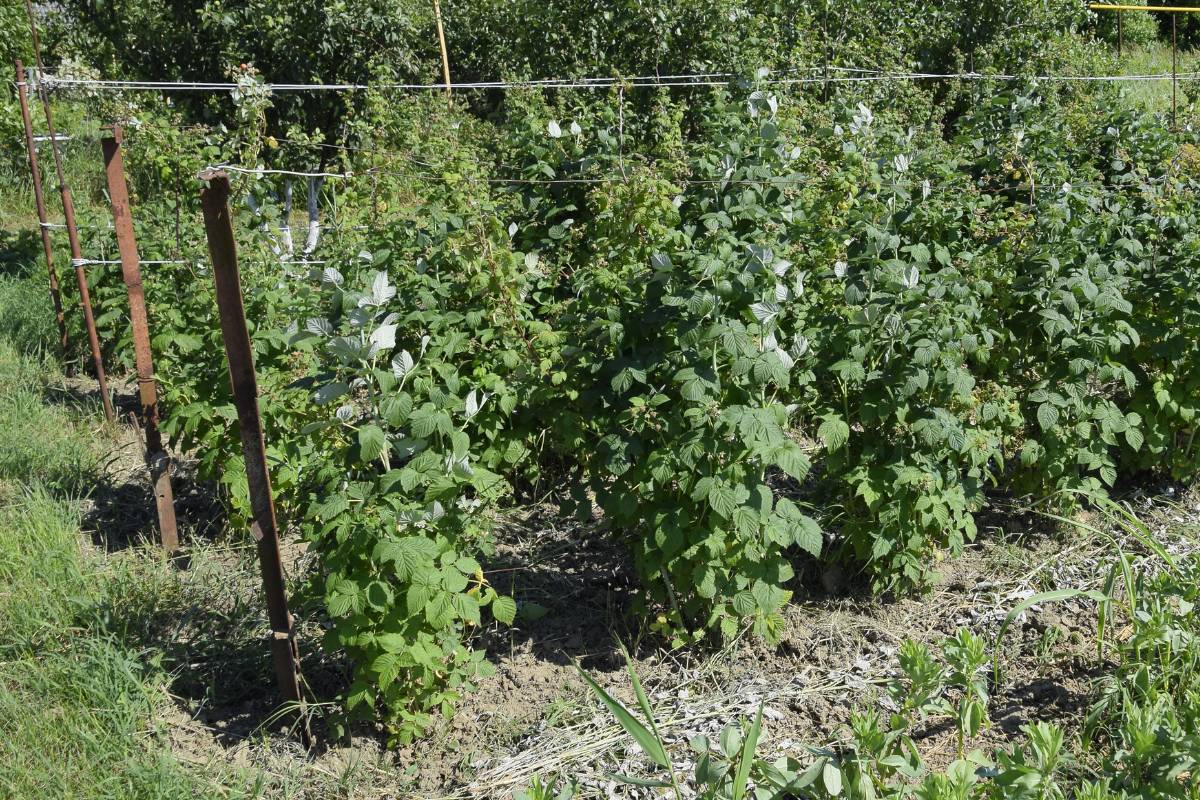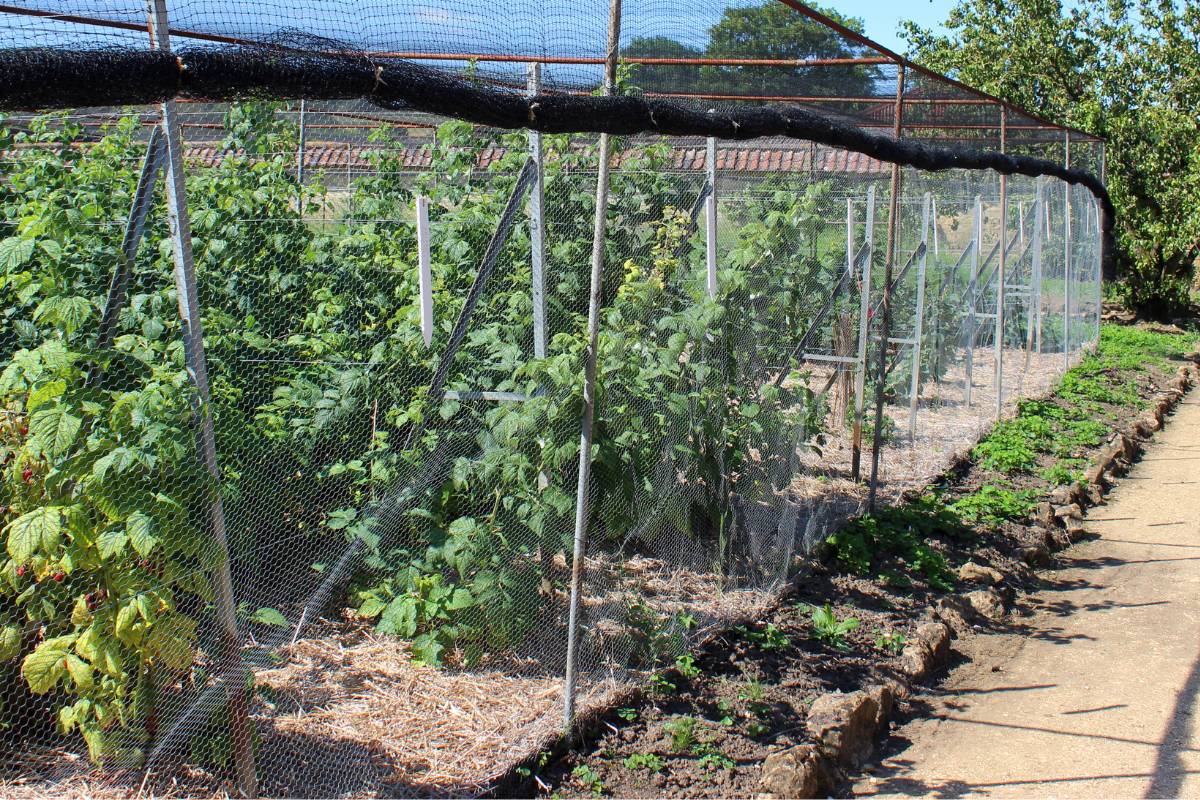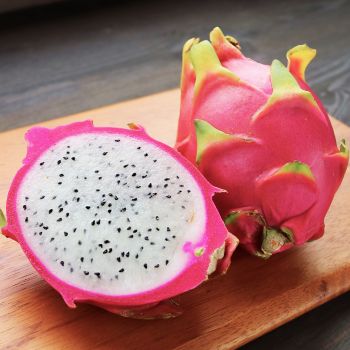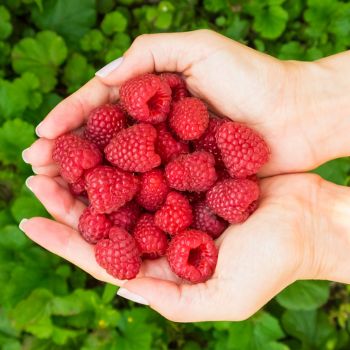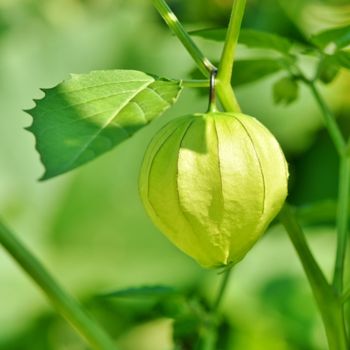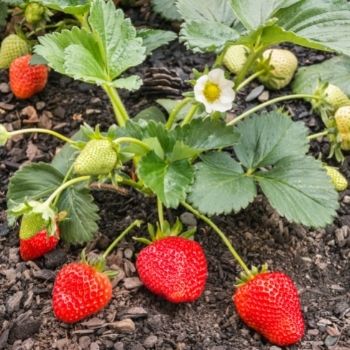Raspberries are an absolute delight to have in your home garden, with a deliciously sweet flavour loved by all. When you consider the amount of single-use packaging that comes with store-bought berries and the high cost of purchasing them, it just makes sense to dedicate some space in your garden to growing a bountiful supply.
Before you dive into raspberry cultivation though, it's important to note that these plants require a suitable climate, dedicated space in your garden and some thoughtful preparation to support and contain them as they grow. So if you live in a cool climate and have the space to spare, let's get started!
Suitable Climates
Raspberries require a cold period in order to develop fruit, which means they simply won't thrive in warmer climates. They're best suited to cold temperate, arid and warm temperate parts of Australia. Yes, there are commercial raspberry growers in southern Queensland, but they rely on artificial chilling techniques that are out of the reach of home gardeners.
Gardeners in warmer climates can grow berries in the form of native raspberries. The Atherton raspberry (Rubus probus) is a native rainforest species that can be grown in warm climates.
Dedicate Some Space
It's best to dedicate a separate garden bed to raspberries to prevent their roots from spreading to unwanted areas. If possible, orient the bed north-south to ensure that both sides of the row receive direct sunlight. Alternatively, you can use the narrow spaces along fence lines or driveways, as raspberry canes don't spread much if trained to a trellis.
How much space is needed? Raspberry canes are usually planted about 30cm apart. A row of 6 to 12 canes planted either side of a trellis should be enough to provide a family of four with fresh berries. If you're looking to have surplus berries for preserves and jams, consider planting more canes.
Raspberry canes can also be grown in large pots. Plant a single cane in a 75L pot to give the plants adequate nutrients and to allow space for new canes to develop. Raspberries in pots will need extra water and fertiliser compared with those planted in garden beds.
Soil Preparation
Now, let's talk about soil. Raspberries are vigorous growers in the spring, and they require plenty of nutrients to keep producing. Like roses and citrus plants, they are considered ‘gross feeders’. Before planting your raspberries, enrich the soil with compost and well-rotted manure. This will provide the canes with the necessary fuel they need to thrive. Additionally, remember to feed the canes after they've fruited in autumn and when new growth appears in spring.
Trellises and Netting
To keep your raspberry canes tidy and well-supported, they will need a trellis. Traditionally, raspberry trellises consist of timber posts about 1m high at each end of the row, with 2-3 rows of wire tensioned between them - these are very similar in appearance to grape trellises. As the canes grow, they should be trained up and along the wires. An alternative to trellising is to corral the plants by placing stakes at each corner of the row and running wires around the entire area. This method will result in a somewhat messier row of plants but for much less effort.
Humans aren’t the only creatures that love sinking their teeth into sweet, ripe raspberries. Birds can be a major pest for raspberry growers, stealing a large proportion of the harvest right in front of your eyes. Wildlife friendly bird netting is the solution. It’s a good idea to plan support for netting before planting the canes; their prickly nature and vigorous growth mean that netting that’s simply draped over plants will likely become a tangled mess by the end of the season. Frames or hoops keep netting secure and clear of the canes is an ideal solution.
Selecting Raspberry Varieties
When it comes to selecting raspberry varieties, it's important to consider both their fruiting timeline and maintenance needs. For a continuous supply of raspberries from mid-summer to autumn it's best to plant a combination of both of the main types:
- Primocane varieties, such as 'Heritage' and 'Autumn Bliss', produce fruit on new growth, typically in autumn. These varieties are often referred to as ‘autumn bearing’.
- Floricane varieties, such as 'Chilcotin', produce fruit on two-year-old canes, usually in summer. These varieties are known as ‘summer bearing’.
The variety of raspberry also determines how the canes should be pruned. For primocane varieties, maintenance is easy: simply prune all canes to the ground in winter. For floricane varieties, prune the canes that have fruited to the ground in winter, leaving the new canes that did not fruit unpruned. These new canes will produce fruit next year.
If you have the space, growing raspberries in your home garden is worth the preparation and planning required. With a little effort and care, you'll be enjoying the sweet rewards of your raspberry patch in no time!
